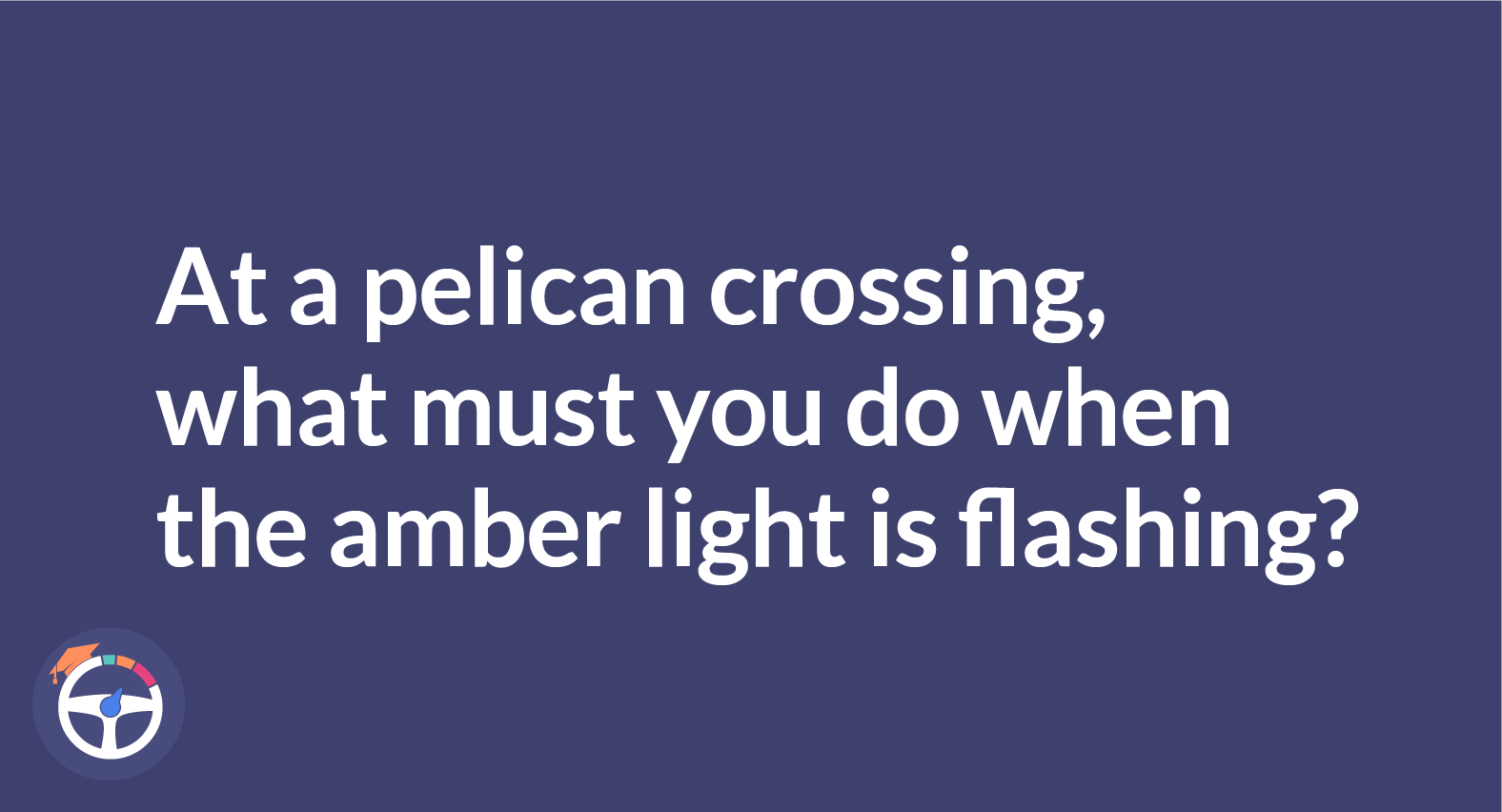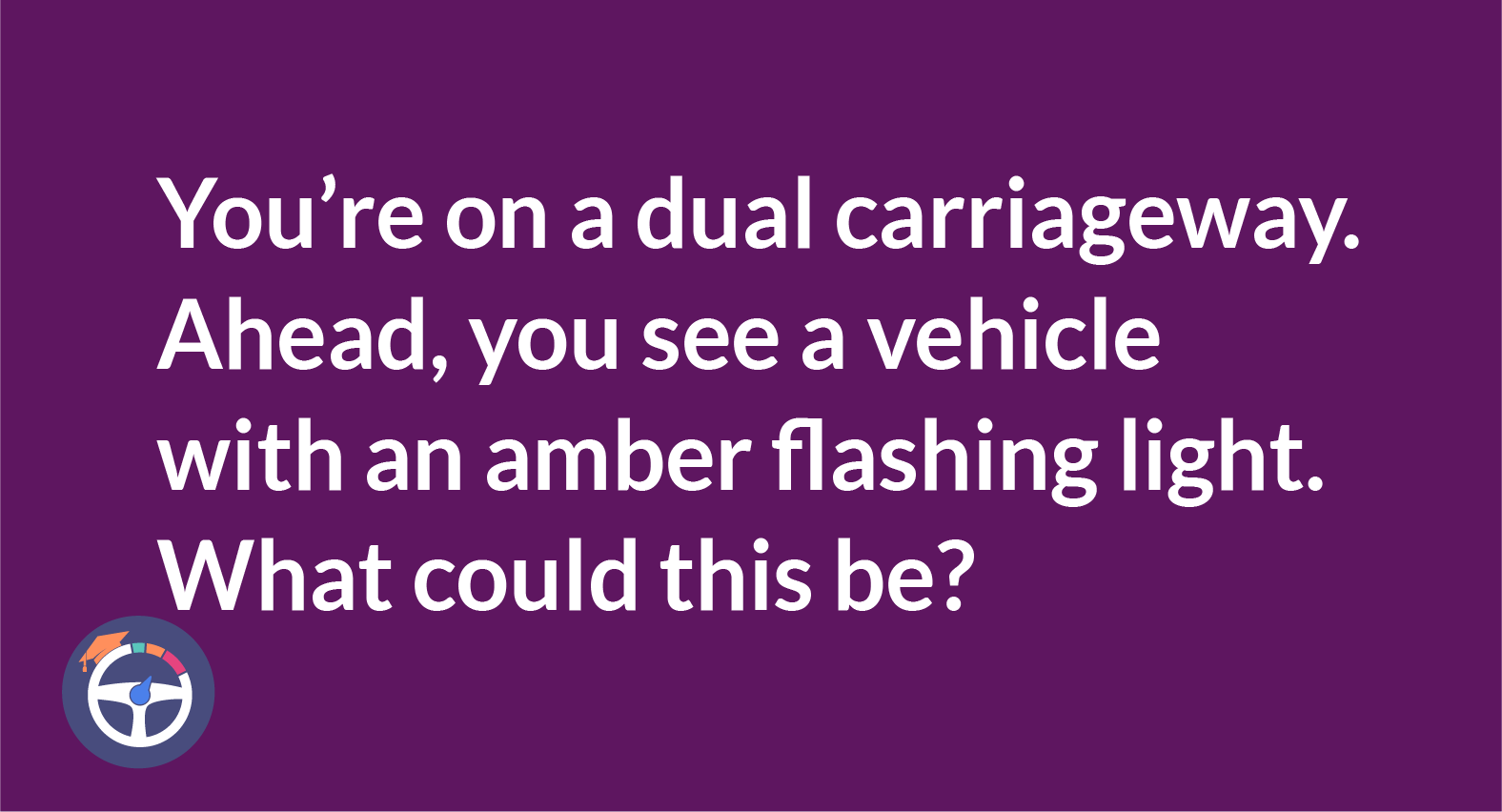UK Road Markings And What They Mean: Your Practical Guide To Safe Driving
Road markings, like white and yellow lines, arrows, and crosswalks, guide and regulate traffic flow. They indicate lane separation, passing zones, stopping points, and pedestrian crossings, enhancing road safety and traffic organization.

Content
- UK Road Markings And What They Mean: Your Practical Guide To Safe Driving
- Road Markings And What They Mean?
- Thats A Wrap!
- FAQ
Driving in the UK comes with its own set of rules and regulations. Understanding road markings UK is a crucial aspect of safe driving. In this guide, we'll break down the meaning behind different UK road markings. We will cover everything from colors to patterns.
Road Markings And What They Mean?
1. White Lines:
White lines on the road serve as crucial indicators. They guide drivers on how to navigate and act in various situations. Understanding the distinctions between different types of white lines is fundamental for safe driving.
Solid White Line:
A solid white line indicates a restriction on overtaking. When you encounter this line, it's a clear signal to stay in your lane. Refrain from attempting to overtake other vehicles. This restriction is typically in place to enhance safety.
Broken White Line:
Conversely, a broken white line allows overtaking. But only when it is safe to do so! The breaks in the line signify opportunities for overtaking. However, caution is paramount. Make sure there's ample space and visibility to pass without putting yourself or others at risk.
Double White Lines:
Double white lines are more restrictive. They come with additional rules to ensure safe driving practices.
Double Solid White Lines:
Overtaking is strictly prohibited. Especially, under any circumstances when faced with double solid white lines. This indicates a high-risk area, and maintaining your lane and a safe following distance is imperative. These double solid white lines are often present in areas where overtaking could lead to dangerous situations.
Guidelines for Drivers:
- Follow the instructions provided by the white lines on the road.
- Solid lines indicate restrictions. Broken lines permit specific actions.
- When encountering broken white lines, assess the situation carefully before overtaking. Ensure there's sufficient space to overtake safely.
- Always maintain a safe following distance from the vehicle in front of you, regardless of line type. This ensures you have enough reaction time in case of sudden stops or emergencies.
- Consider road conditions, visibility, and traffic flow when interpreting white road markings. Adjust your driving behavior accordingly to ensure the safety of yourself and others.
2. Yellow Lines:
Yellow lines on the road are visual cues. They communicate specific parking restrictions. Understanding the significance of these lines is vital to avoid fines.
Single Yellow Line:
A single yellow line alongside the curb indicates parking restrictions. Remember, these are not constant. The restriction applies only during specific times, which are usually outlined on nearby road signs. It's crucial to pay attention to these signs. They help determine when parking is allowed and when it's prohibited. Time-based restrictions serve various purposes. They are often in place to manage traffic during peak hours.
Guidelines for Drivers:
- Look for nearby signs that specify the restricted parking hours.
- Adhere to the designated parking times to avoid penalties.
- Plan your parking based on the displayed time constraints.
Double Yellow Lines:
Double yellow lines signify a more stringent parking restriction. No parking is allowed at any time. This rule is in place 24/7, and drivers must refrain from parking along stretches marked with double yellow lines. These areas are typically designated as no-parking zones to maintain traffic flow.
Guidelines for Drivers:
- Understand that parking is strictly prohibited at all times with double yellow lines.
- Avoid parking in areas marked by double yellow lines to prevent fines.
- Seek alternative parking spaces where restrictions are not in place.
- Recognize that double yellow lines mean no parking at any time.
- Abide by this restriction to avoid fines and contribute to traffic efficiency.
3. Blue Road Markings: Disabled Parking
Blue road markings UK serve a critical role in providing parking for disabled individuals. Understanding the significance of these markings ensures that these spaces are used appropriately. It helps create a more inclusive and accommodating environment.
Blue Rectangle with Symbol:
- Reserved for Disabled Parking: A blue rectangle with a symbol on the road means that area is reserved for disabled parking! This distinctive marking aims to create accessible parking spaces near facilities and public areas for disabled individuals. These spaces are strategically located to reduce barriers.
- Exclusivity for Blue Badge Holders: Only vehicles displaying a valid blue badge are permitted to park in these designated areas. The blue badge is issued to individuals with disabilities. It gives them certain privileges, such as accessible parking.
Guidelines for Drivers:
- Identify the blue rectangle with a symbol on the road as a reserved disabled parking bay.
- Be attentive to these markings, especially when parking near public spaces.
- Understand that only vehicles with a valid blue badge are authorized to park in these designated areas.
- Avoid parking in these spaces if you do not possess a blue badge.
- Support an inclusive community by respecting and preserving these designated spaces.
4. Zigzag Lines:
Zigzag lines are adjacent to pedestrian crossings. They are integral components of road markings. They are designed to prioritize the safety of pedestrians. Understanding the purpose of these markings is crucial for fostering a secure environment.
White Zigzag Lines:
- Signifying a Pedestrian Crossing Zone: When you encounter white zigzag lines on the road, take note. These lines are a clear indication that you are approaching a pedestrian crossing zone. These lines are strategically placed to highlight areas where pedestrians may be crossing the road. Recognizing and respecting these markings is essential for preventing accidents and ensuring the well-being of pedestrians.
- Strict Prohibition on Parking: Parking within the confines of white zigzag lines is strictly prohibited. By keeping these zones clear of parked vehicles, two essential outcomes are achieved. First, drivers benefit from an unobstructed view of the crossing. This ensures that they can observe pedestrians and respond promptly to their presence. Second, pedestrians can cross safely without interference.
Guidelines for Drivers:
- Recognize white zigzag lines as indicators of pedestrian crossing zones.
- Exercise heightened caution when approaching these areas.
- Understand that parking within the white zigzag lines is not allowed.
- Avoid stopping or parking in these zones to maintain visibility and safety.
- Acknowledge the importance of pedestrian safety at crossings.
5. Bus Lanes:
Bus lanes are distinguished by red road markings. They are a key element in optimizing the efficiency of public transport. Understanding the purpose and rules associated with these lanes is essential.
Red Road Markings:
- Highlighting Bus Lanes: Red road markings are used to highlight dedicated bus lanes. These lanes are designated to provide a clear path for buses, taxis, and bicycles. The distinctive red color helps drivers easily identify lanes from regular traffic lanes.
- Exclusivity for Designated Vehicles: Bus lanes are reserved for the use of specific vehicles. Vehicles like buses, taxis, and bicycles. This exclusivity is enforced during specified times.
Guidelines for Drivers:
- Identify red road markings as indicators of dedicated bus lanes.
- Be aware of these markings and adjust your driving behavior accordingly.
- Respect these time restrictions to avoid violations.
- Avoid entering bus lanes during their operational hours to prevent congestion.
- Bus lanes enhance the efficiency of public transport by providing dedicated routes for buses. They reduce delays and improving overall service.
6. Box Junctions:
Box junctions are marked with yellow cross-hatching. They are crucial components in maintaining smooth traffic flow at intersections. Understanding the rules associated with these junctions is essential. It will help in preventing congestion.
Yellow Cross-Hatching:
- Identifying a Box Junction: Yellow cross-hatching on the road indicates the presence of a box junction. These markings create a boxed area with yellow lines. They are found at intersections. Box junctions are designed to facilitate the continuous movement of traffic.
- Entry Only if Exit is Clear: When approaching a box junction,
- enter only if your exit is clear. If congestion or traffic may trap you, wait behind the yellow box. Wait until a clear path emerges. This rule prevents gridlock and keeps traffic flowing smoothly.
Guidelines for Drivers:
- Identify box junctions by the presence of yellow cross-hatching at intersections.
- Be attentive to these markings. Understand their significance in regulating traffic flow.
- Only enter a box junction if your exit is unobstructed and clear.
- Exercise caution to avoid causing congestion within the junction.
- Patience is key to preventing gridlock and ensuring the smooth progression of traffic.
Thats A Wrap!
Understanding UK road markings is not only essential for passing your Theory Test but also for ensuring safe and responsible driving. By decoding the language of road markings, you contribute to the overall safety of yourself and others on the road. So, stay informed, drive responsibly, and best of luck on your Theory Test!
FAQ
1. Can I cross a solid white line on the road?
You can cross a solid white line to overtake a stationary vehicle, pass a slow-moving cyclist or horse, and when entering a side road or property.
2. Are there specific times for parking on a single yellow line?
Single yellow lines indicate no waiting or parking during the specified times on nearby signs or at the entrance to a controlled parking zone. Always check the signs for specific rules, as there are no standard times.
3. What does blue road markings with a symbol mean?
Blue road signs serve as informative guides for drivers. Circular blue signs provide compulsory instructions, like turning left or navigating a mini roundabout. Rectangular blue signs convey information, while on motorways, they are employed for directional guidance.
4. Can I park on double yellow lines briefly for errands?
No, its strictly prohibited at all times. You need to find alternative parking.
5. What to do at a box junction?
Avoiding stopping in a box junction is crucial. Before entering, ensure your exit is clear, especially if turning left or going straight. Even with a green light, refrain from entering the box if your intended path is obstructed.


